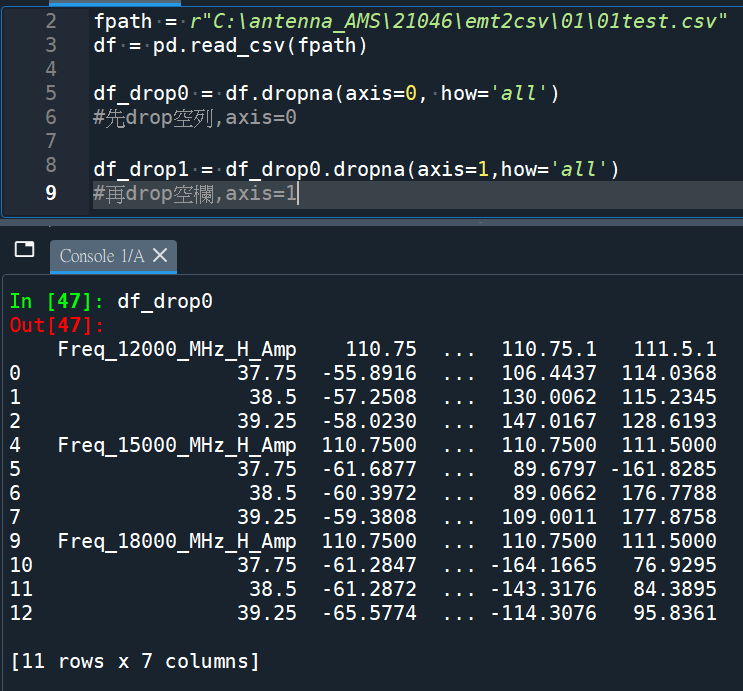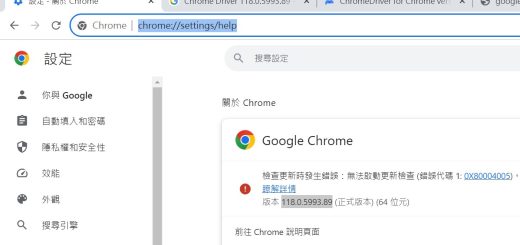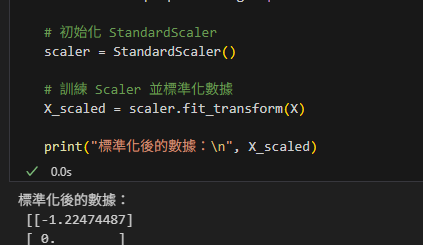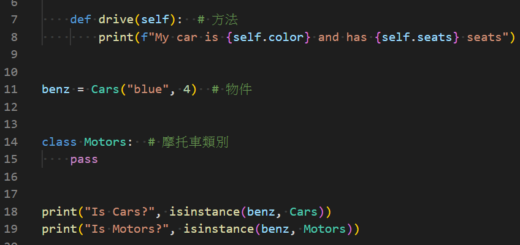dropna(axis=0, how=’any’, thresh=None, subset=None, inplace=False)
axis{0 or ‘index’, 1 or ‘columns’}, default 0
-
0, or ‘index’ : Drop rows which contain missing values.
-
1, or ‘columns’ : Drop columns which contain missing value.
how{‘any’, ‘all’}, default ‘any’
-
‘any’ : If any NA values are present, drop that row or column.
- ‘any’: 只要有一個NA,就整列(欄)刪除
-
‘all’ : If all values are NA, drop that row or column.
- ‘all’: 全部都NA,才刪除該列(欄)
thresh : int, optional
Require that many non-NA values. Cannot be combined with how.
(threshold 門檻)
非空元素最低数量。int型,默认为None。
如果该行/列中,非空元素数量小于这个值,就删除该行/列。
subset column label or sequence of labels, optional
Labels along other axis to consider, e.g. if you are dropping rows these would be a list of columns to include.
inplace bool, default False
Whether to modify the DataFrame rather than creating a new one.
inplace:是否原地替换。布尔值,默认为False
直接將csv檔讀進來DataFrame:

原DataFrame有
[13 rows x 7 columns]
其中2 rows , 1 column 為空(NaN)
程式碼:
import pandas as pd
fpath = r”C:\antenna_AMS\21046\emt2csv\01\01test.csv”
df = pd.read_csv(fpath)
#df = pd.read_csv(fpath,header=None) ;
# 讀取無欄標籤的檔案,自動加0,1,2…當欄標籤
df_drop0 = df.dropna(axis=0, how=’all’)
#先drop空列,axis=0
df_drop1 = df_drop0.dropna(axis=1,how=’all’)
#再drop空欄,axis=1

df_drop0 = df.dropna(axis=0, how=’all’)
[11 rows x 7 columns]
刪除了兩空列
df_drop1 = df_drop0.dropna(axis=1,how=’all’)
對df_drop0再drop空欄(axis=1)

[11 rows x 6 columns]
刪除了一個空欄
刪除空列會導致index不連續
推薦hahow線上學習python: https://igrape.net/30afN













近期留言